Words Patti Sunio
Images Aidea, Inc., Atelier Almario, Chat Fores Design Studio, and LIXIL Philippines


In design and in life, complacency isn’t an option. Growth, improvement, and even mastery—both in one’s craft and life—can’t happen without first putting down your walls, going outside your safe space, and exposing yourself to the world and the various viewpoints available. Design competitions are a great way to do that. If there’s anything we’ve all learned and are still learning in this pandemic, it’s getting thrown off course into an uneasy, unfamiliar situation that pushes us to our creative best. It builds character, too.
The American Standard Design Award 2022 (ASDA), a design competition by the LIXIL WATER TECHNOLOGY Group, maker of quality water and housing products, encourages student designers to do just that: to use their creative know-how in coming up with innovative design propositions that address the ever-changing times and needs of consumers. Originally launched in 2015, this year’s ASDA follows the theme, Purposeful Design: Transforming the Way We Live, bringing into focus how growing urbanization and the global pandemic have influenced how we use, transform, and design our homes and the spaces within.
“The world is shifting into the new normal where there is heightened awareness and enhanced requirements for better health and hygiene standards, including open and green spaces,” begins Hermie Limbo, general manager of LIXIL Philippines. “I’m encouraging our young minds to consider all these in their designs. [The] spotlight should be on designing sustainable spaces, creating hygienic lifestyles that solve real-life challenges and situations. My top tip? Consider open plan designs and use technologies that will minimize touchpoints.” Joralyn Ong, sales and marketing leader of LIXIL Philippines, adds, “Increasingly smaller living and working spaces [have led] people [to make] their spaces multi-functional, without compromising hygiene, comfort and convenience. The student designers should take into consideration current and future challenges for their entries, crafting design solutions that are both agile and aesthetically pleasing.”
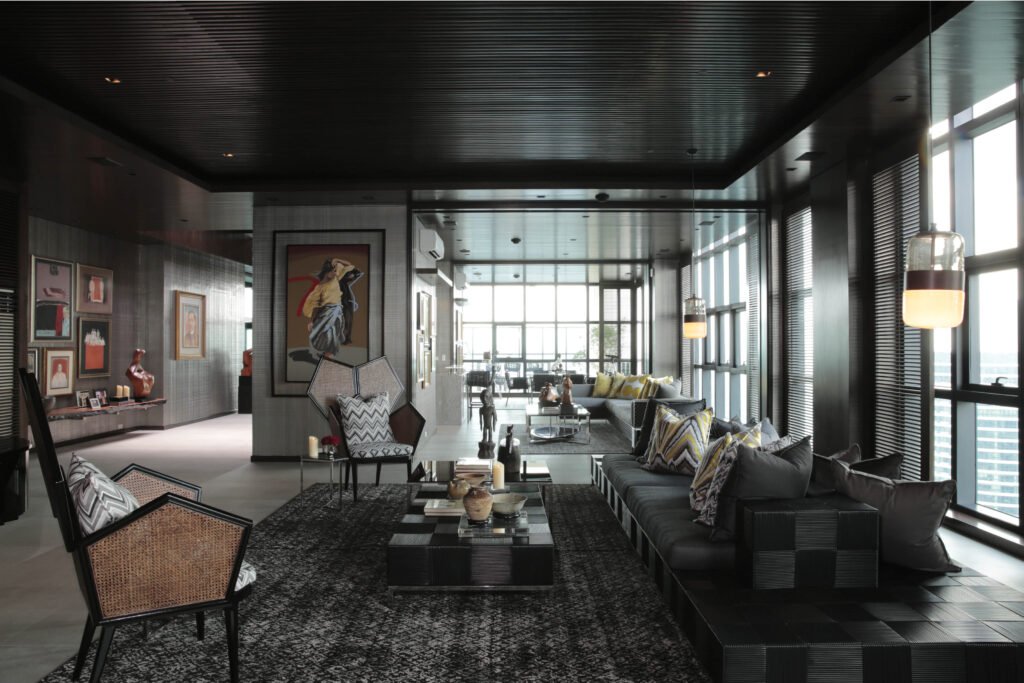
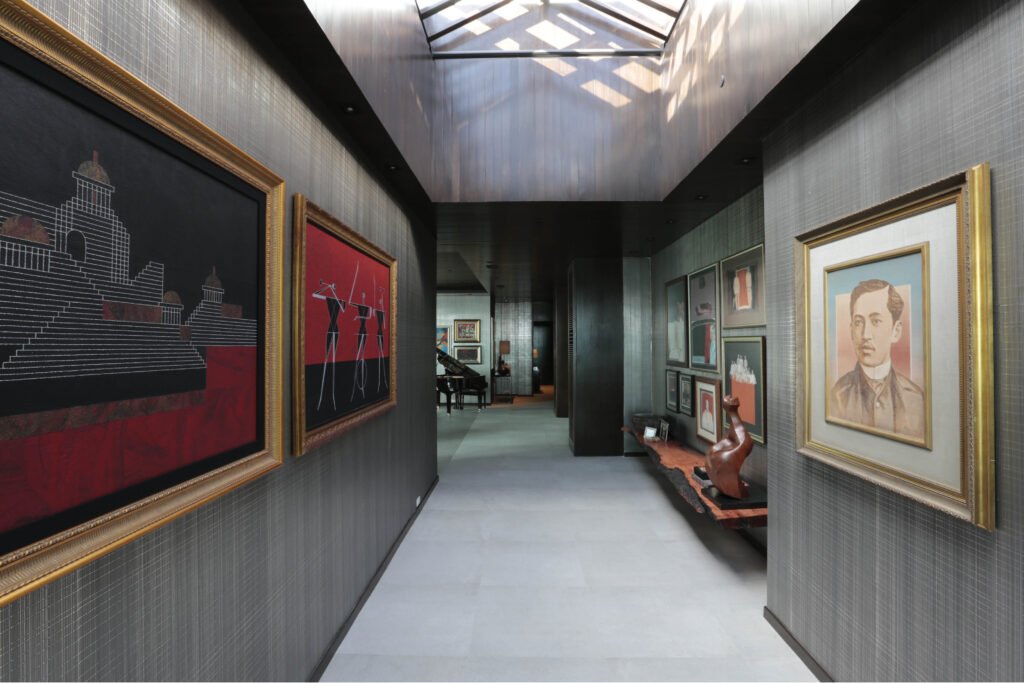
With ASDA 2022, the brand also hopes to foster an environment that encourages student designers to be engaged in critical design thinking, prioritizing user-centric design solutions, as well as lead them to develop a more open attitude toward design criticism. “The purpose of critiquing is to challenge claims and suppositions,” points out media jurist and Kanto editor-at-large Judith Torres. “The critic cultivates a healthy state of doubt, not simply to find fault with, or problematize what’s been done, but to expedite understanding and inform the future.”
To cultivate an environment for constructive discourse, Torres further emphasizes the importance of understanding the designer’s intent—and asking questions in order to do so. “With better understanding, members of the public hopefully become better clients and designers become even more creative, insightful, judicious, and astute,” she adds.
Joining competitions can indeed be nerve-wracking, consumes time, energy, and resources. Add to the fact that along with the prospect of gaining recognition and praise comes subjecting your work to criticism and judgment, which understandably, can be quite intimidating. But what about going through the entire experience makes it all worth it?
We pick the brains of ASDA 2022’s Asia-Pacific panel members from the Philippines, as they each share their own experiences participating in design competitions, and explain how doing so significantly contributes in making one a well-honed designer.
Ivy Almario, whose name is practically synonymous with ‘luxurious interiors’, is president and co-founder of Atelier Almario, a design firm she has established with her sister Cynthia. Together, the powerhouse duo has worked on luxurious residences, high-end hotels, restaurants, and office spaces, such as the Astoria Boracay, Midas Hotel and Casino, and the Coralia Bali Mansion, to name a few.
Chat Fores, founder of Chat Fores Design Studio, is executive director at the Philippine Institute of Interior Designers (PIID) and has taught at Assumption College and the Philippine School of Interior Design (PSID). Her works include commercial, hospitality, and amenity spaces, having collaborated with a handful of international design firms. Fores has recently won three major awards at the 2021 International Property Awards under the Asia Pacific Region: Best Residential Interior Show Home, Philippines for The Galleon Residences Showroom, Best Residential Interior Apartment, Philippines for Joya Residential Unit, and Best Leisure Interior, Philippines for Azure Paris Beach Club.
Jojo Tolentino is the president and CEO of AIDEA Incorporated, a design firm which he has grown from a team of 20 to a 200-strong office. AIDEA has long been included in the annual World Architecture 100 (WA 100) list released by Building Design, a top architecture magazine in the U.K. The firm takes the 39th spot this year. Tolentino has built projects across the globe and is known for his extensive contributions to the Philippine architecture industry.
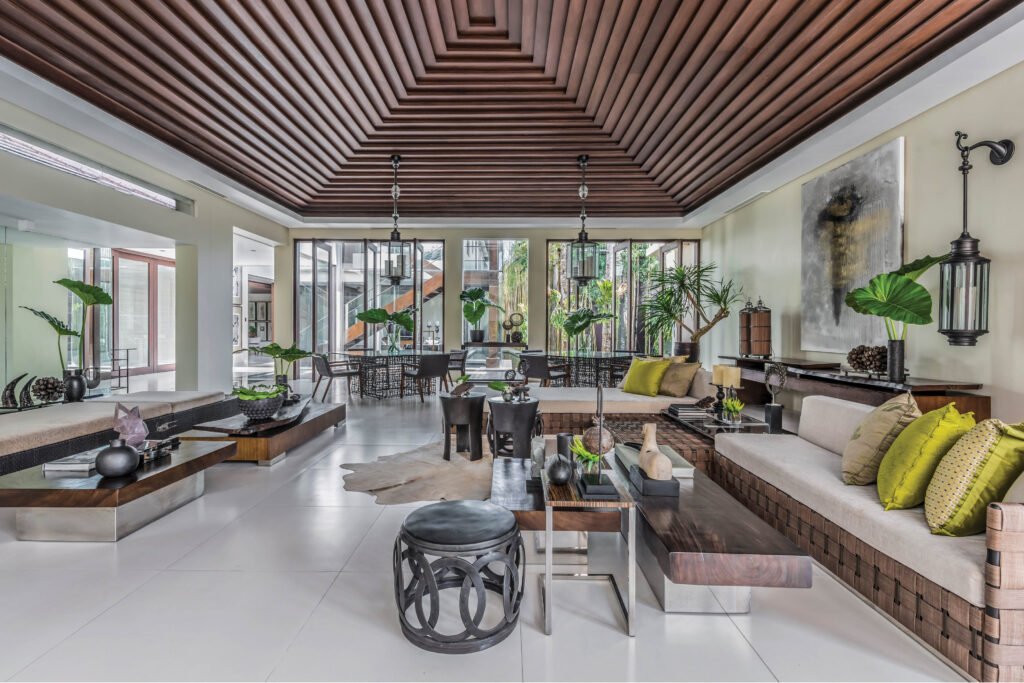

In the interest of shedding light on the value that student designers can get from participating in competitions, what would you say are the benefits that up-and-coming designers and design firms can get out of joining competitions like ASDA 2022 ?
Ivy Almario, interior designer, president, and co-founder of Atelier Almario: [Joining competitions entail] the overall upping of your skill sets. It’s a game-changer. By virtue of a competition and the reality that only the best will win compels one to do the best that they can. Mediocrity has no place in competitions. You also witness the best efforts of others. And as a result, the industry as a whole is upgraded.
Of course, there’s also the experience. Very few join not to win—you bring your best game forward. Your problem-solving skills are beyond honed. You have to be strategic in your solutions. When you present, especially now that it’s not a live oral presentation, you still have to make it your best. Prepare yourself for a performance-level deliberation.
Chat Fores, interior designer and founder of Chat Fores Interior Design Studio Philippines: Aside from winning the competition, joining contests is a good way for students to gain experiences and exposure. They can practice their presentation skills on a very competitive level and they also learn from other people’s entries. In international contests, there are different students with different cultures, so there is a big chance of sharing their visions. The students also learn how to defend their work to different people, aside from their teachers. This is where they gain first-hand experience on responses from different judges and other contestants.
Jojo Tolentino, architect, president, and CEO of AIDEA Inc. Philippines: Competitions boost creativity and offer a rich and varied learning experience by opening one’s eyes to other possibilities and ideas, and the different ways to approach a design problem. And despite the adversarial setup, competitions can foster a great deal of understanding and even empathy among contestants because of the opportunity to analyze the work of others, to appreciate the processes behind them, and to glimpse at the different perspectives behind other solutions.
Competing allows one to benchmark one’s skills and talent against those of others, allowing one to get a clear idea of their personal strengths and what aspects need further development. They help push the limits of an individual’s perception of design through experimentation and discovery. Competitions not only push participants to think creatively, but they also sharpen one’s communication and presentation skills in order to convey these ideas clearly and convincingly. By pushing one to excel, competitions provide students valuable opportunities to become better problem solvers and designers.
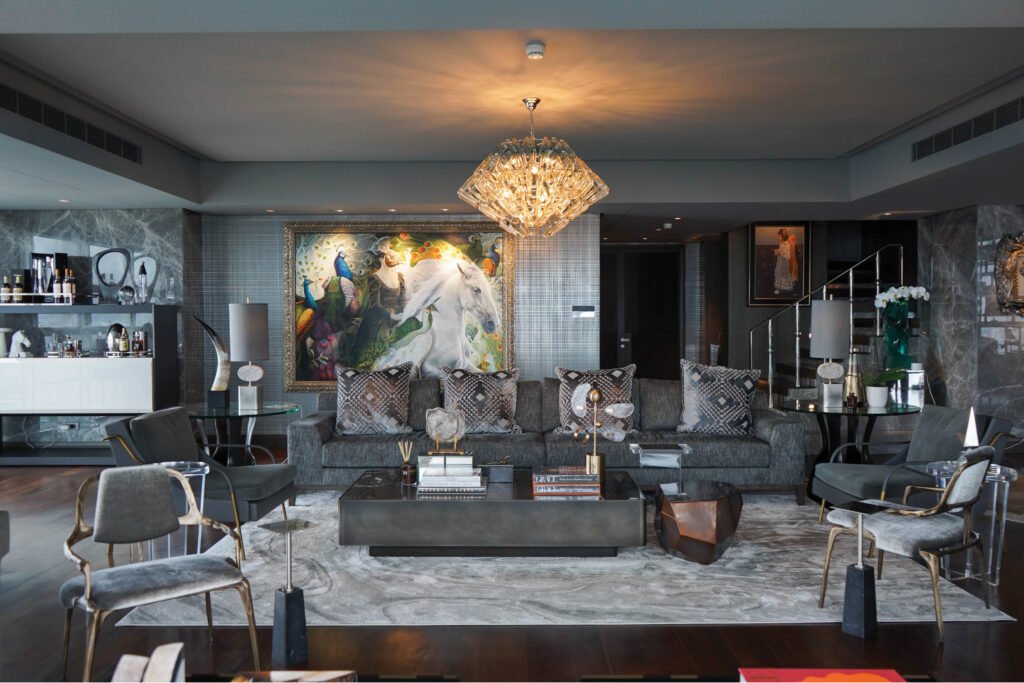

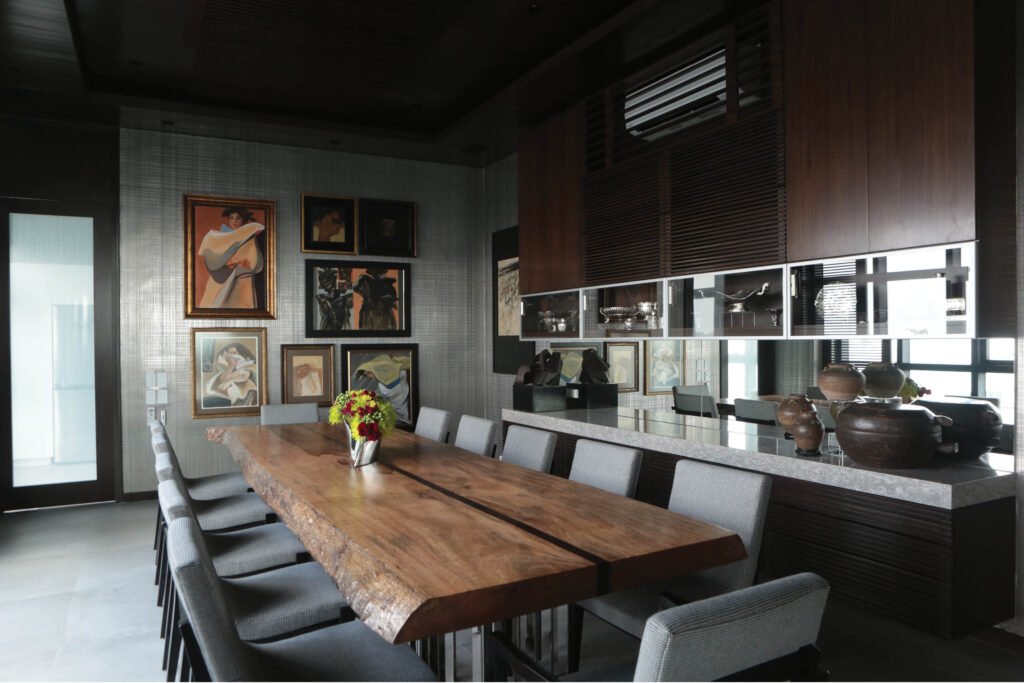

Please share with us your own experience in joining design competitions. How did this come about and how has it helped your career? How has it impacted your style and design principles as an architect/interior designer?
Almario: When I was younger, and the firm was not yet Atelier Almario, I did join one competition together with my partner then. We were based in Los Angeles. We were competing for the design of the Manila Hotel renovation in the early or mid-’90s. Our competitors were all over Asia and we competed with 11 international design firms and we bested all of them. I think that’s why I moved back to the Philippines. That was pivotal, in a sense, that’s why I found myself settling in the Philippines.
What did I learn from that competition? We prepared very hard for it. Competition really makes you better. Because if you win, it boosts your confidence; and if you don’t, then at least you went through the exercise of mounting a formidable presentation. And the worst-case scenario? It ends up in your portfolio! Whatever it is, there’s no lose-lose in joining a competition. You always somehow benefit from it.
Fores: The International Property Awards was the first international contest I joined. I was asked by the awarding body to send in the entries that they chose from my website. The team prepared a storybook which we laid out and printed. Thank God we had beautiful shots and images of every project made by Terry Uy, so we just placed it in the storybooks. What was difficult was putting together the sample boards that we used for the projects since some of those were done two to three years ago. The challenge, too, was packing all these boards, storybooks, and plans in a very beautiful and sturdy box that the judges would be impressed with when it got there.
I’ve always had the same principles in my design and style. I always look at any project as my own—if it’s not good enough for me to live in or visit, then the project is still undone.
Tolentino: Competitions teach us new ways of collaborating with others often across different cultural boundaries. It also allows us to establish relationships with potential partners and clients. They give us insights into new methodologies and tools that we can use to improve our design process. The usually tight time constraints force us to develop lean and decisive strategies and execution plans that ultimately make their way back to and benefit our real-world project delivery.
Competitions underscore the value of research and the role it plays in gaining meaningful insights towards developing an effective response to a given design challenge. One lesson competitions have taught us is the importance of recognizing the unwritten rules. Every competition has them and discovering them comes from a complete grasp and appreciation of the project. It is a valuable window through which a competitor can distinguish one’s entry against the possible “sameness” of all other submissions.
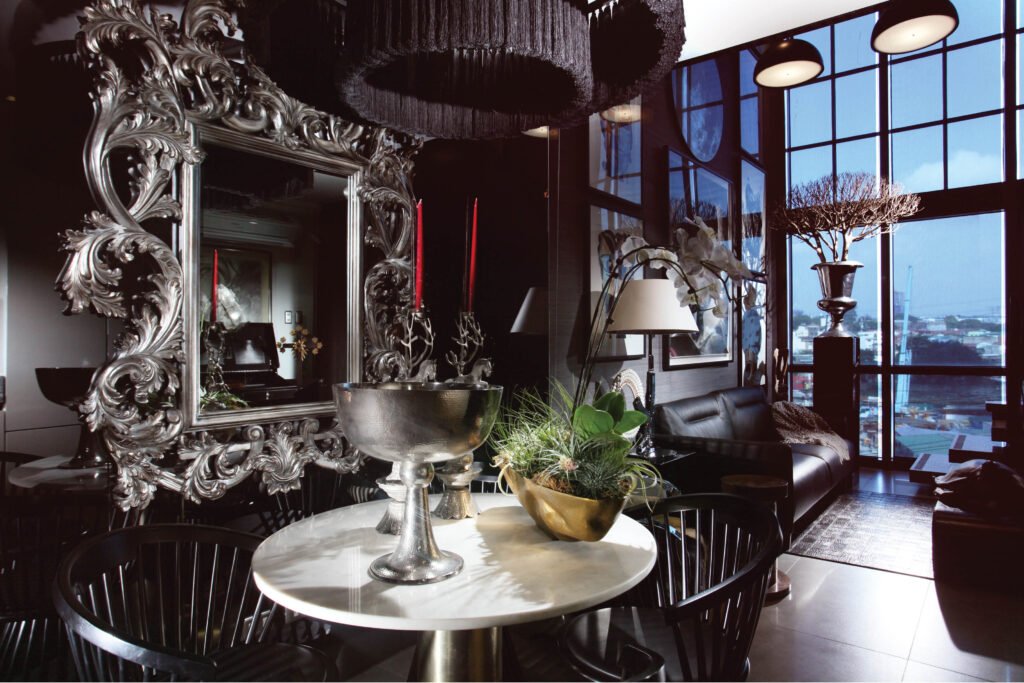




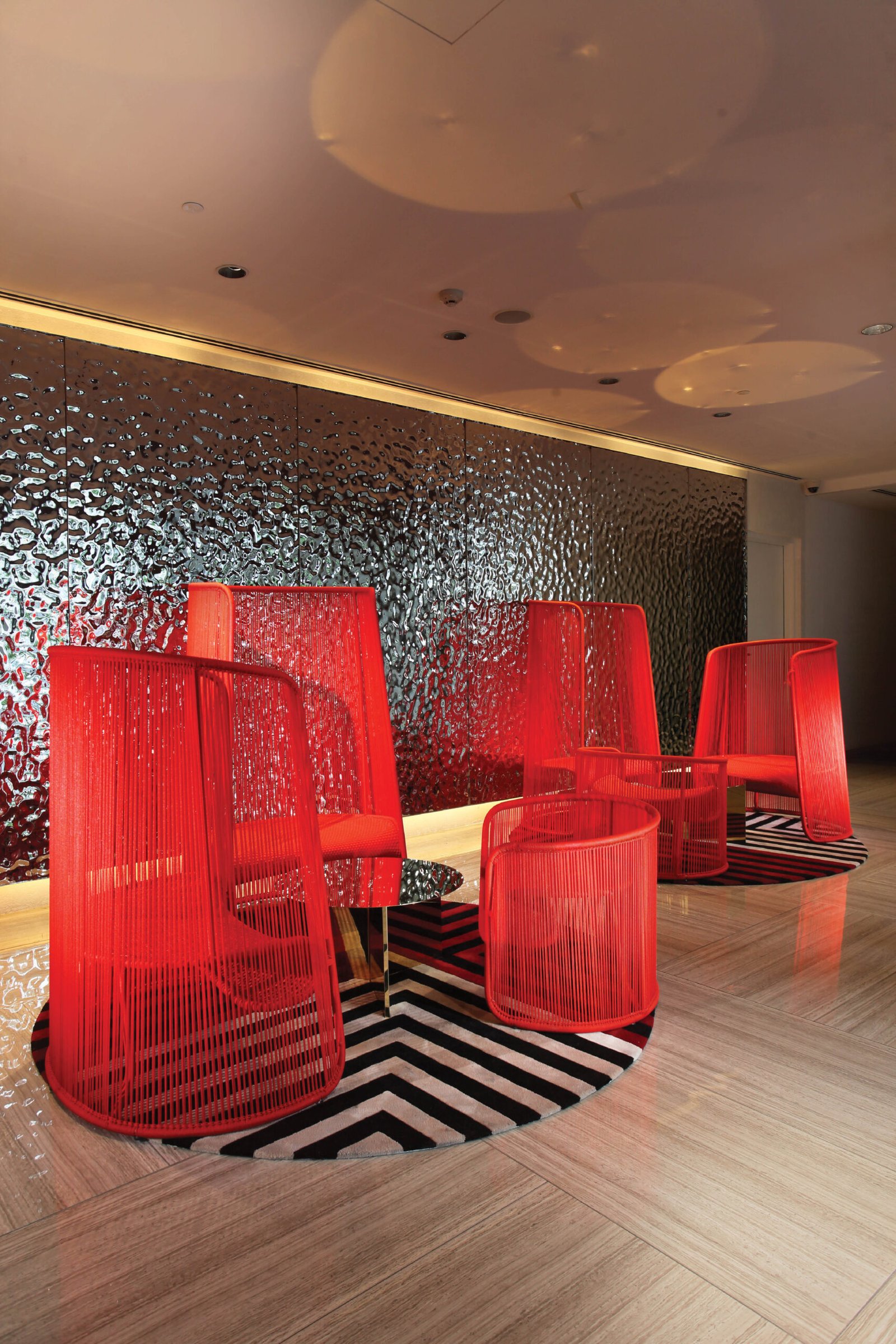
Condotel interiors project by Chat Fores Design Studio 
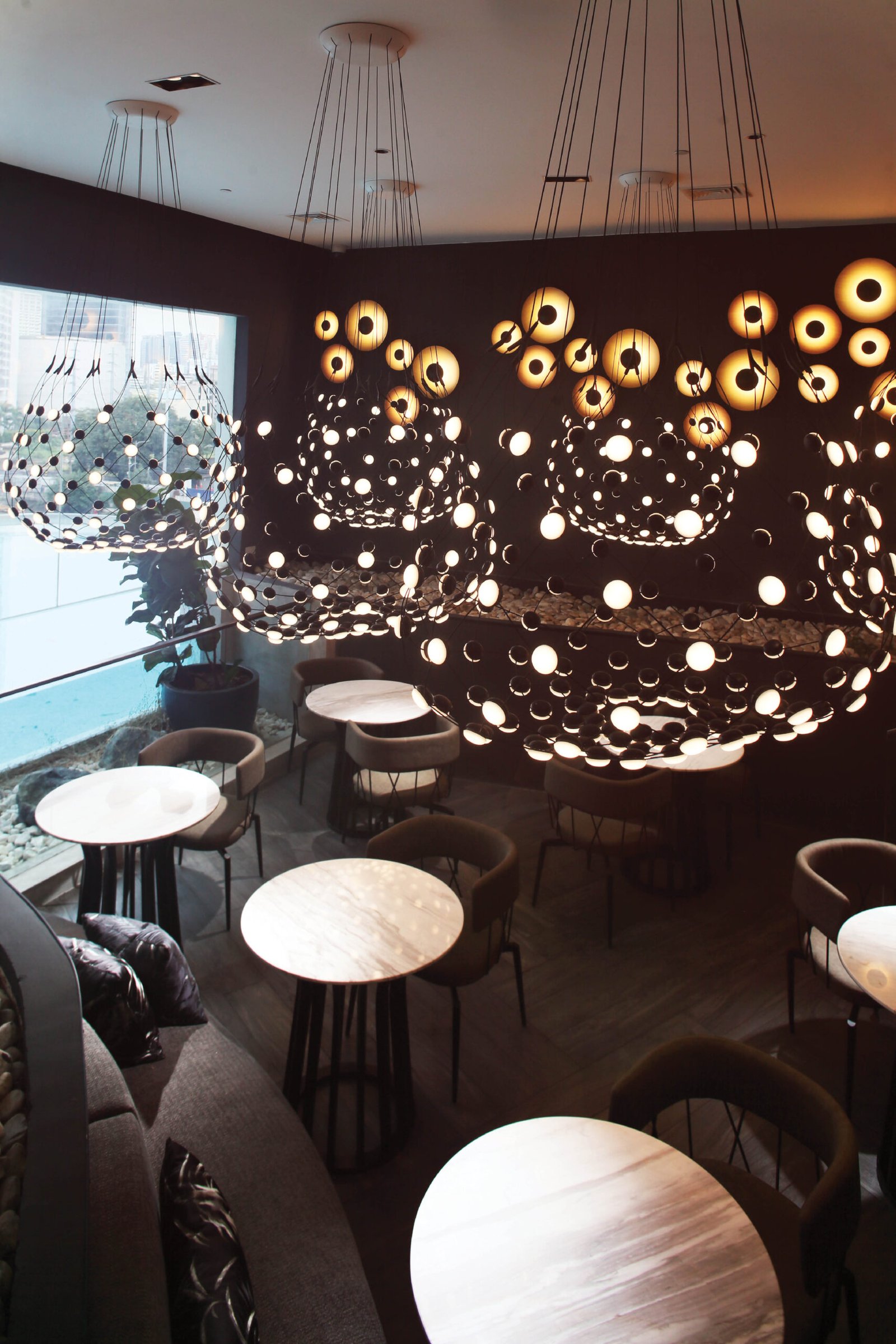
Condotel interiors project by Chat Fores Design Studio
Before starting on an idea or concept for their design entry, what advice would you give student designers? What should they keep in mind, first and foremost?
Almario: Have a thorough understanding of the problem. It’s not a mythical or a highfalutin concept. You really deliver in quantifiable measures. How does your design improve and engage their daily activities? A bathroom may be simple, but you must think of how much you use it. As square footage is shrinking, reinvent that space so that it is most functional. Make it a safe space, because most accidents happen in the bathroom—people fall, slip, hit their head, or get scalded in hot water. Think of safety and innovations.
I think the solution will come from the students’ imagination and their interaction with the space. The ephemeral quality that they will translate to realism—I’d like to see how they are going to do that. I think it’s the best skill set [to have]: one’s imaginative approach.
Fores: Always put yourself in the project—go with your instincts. I like daydreaming about the space and trying out different moods by preparing a huge mood board and sticking inspirations that can ignite the motif for the project—be it a picture of a new dress, a new style, a color swatch, inspiring people, food shots… anything!
Tolentino: The more you know about a challenge, the better able you are to respond to it effectively. We cannot overstress the value of the upfront work: strategic research, thinking, and analysis, process development, even storytelling. The discovery process is crucial in defining the vision and objectives for a project.
Likewise, designing with the stakeholders and end-users in mind, understanding their needs, whether articulated or not, is key to delivering a strong design entry. Competitions that allow contestants to engage and co-create with the stakeholders provide a wonderful opportunity to develop uniquely informed design solutions.



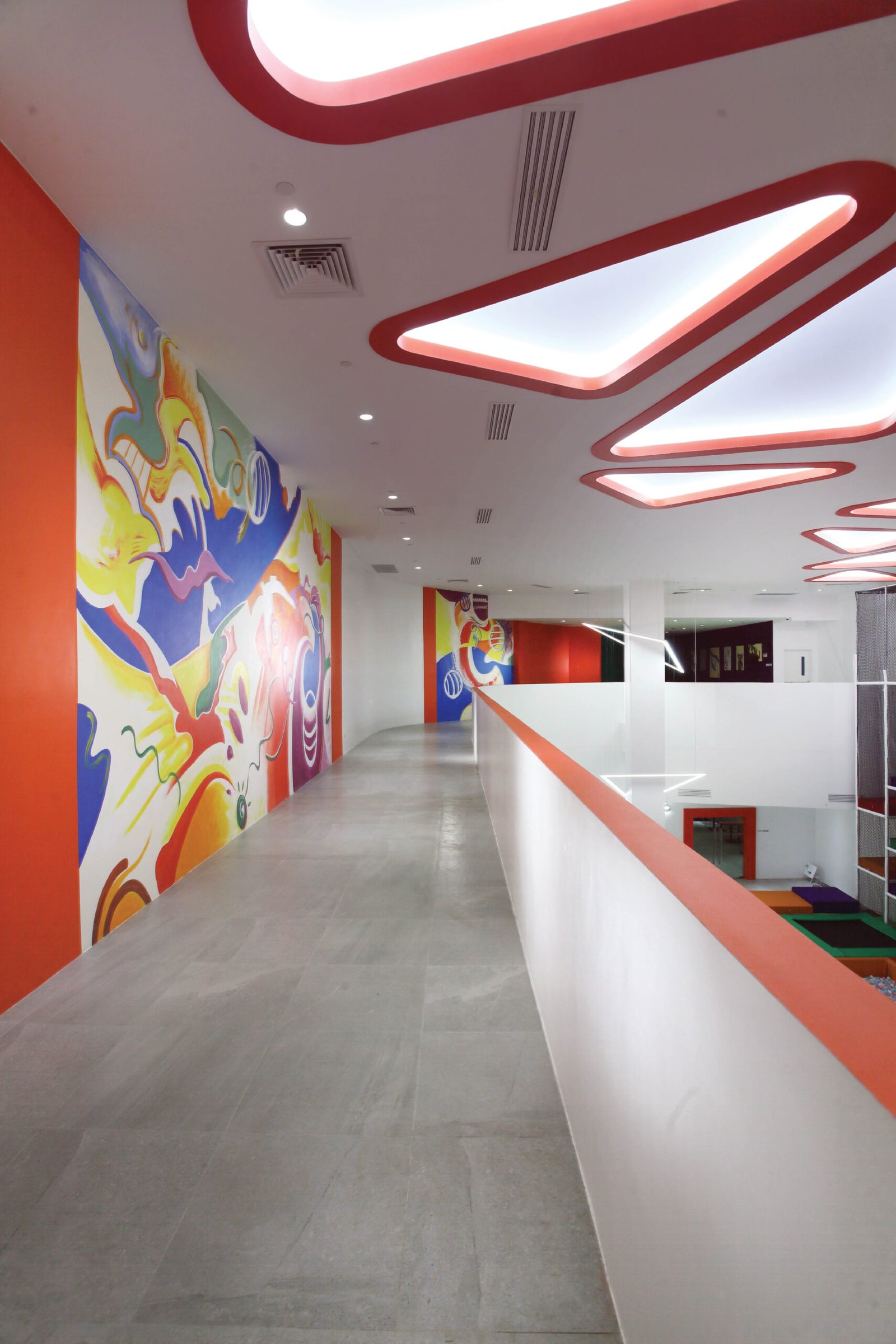
Pebble Clubhouse at Acqua by Chat Fores Design Studio 

Pebble Clubhouse at Acqua by Chat Fores Design Studio


What themes, materials, or design considerations do you envision being prioritized in the ASDA 2022 competition?
Almario: I’ve seen what American Standard has already developed—and it’s game-changing. So for me, using their fixtures is already a winning solution. Sustainability, innovative technology, water and space is saved. What American Standard designs make it all look very streamlined.
What they just want to find out is, given these already amazing designs, what kind of envelope will you give to complete that thought? How does one continue if one can push the envelope even further, by finding in the four walls the additional features that will complement the narrative that American Standard has already started? That’s the way for them—it’s the logical way to approach this competition.
Fores: I noticed that they like projects that are out of the box or out of the norm. It is also based on the geography of where the judging body is from. Finishes that are unusual to them always work!
Tolentino: We look forward to the ways in which the competitors will approach the design challenge from the heightened awareness of and priority given to wellness. This extends from the overall concepts and visions to how they are manifested in material choices and detailing.
ASDA 2022 pushes forward American Standard’s brand mission, which is to make purposeful design and innovative technologies accessible to consumers. All it needs now are the young, creative minds who will marry their products with new concepts, crafting well-thought-out and innovative bathroom designs fit for the new normal.
“Architecture and design are optimistic undertakings,” panelist Judith Torres closes. “Designers are a marvelous mix of pragmatism and optimism. Designers look beyond what is and see what can be. They turn constraints into unique advantages. Restrictions impose discipline. And the passion for realizing a vision of lives better lived demands invention.” •
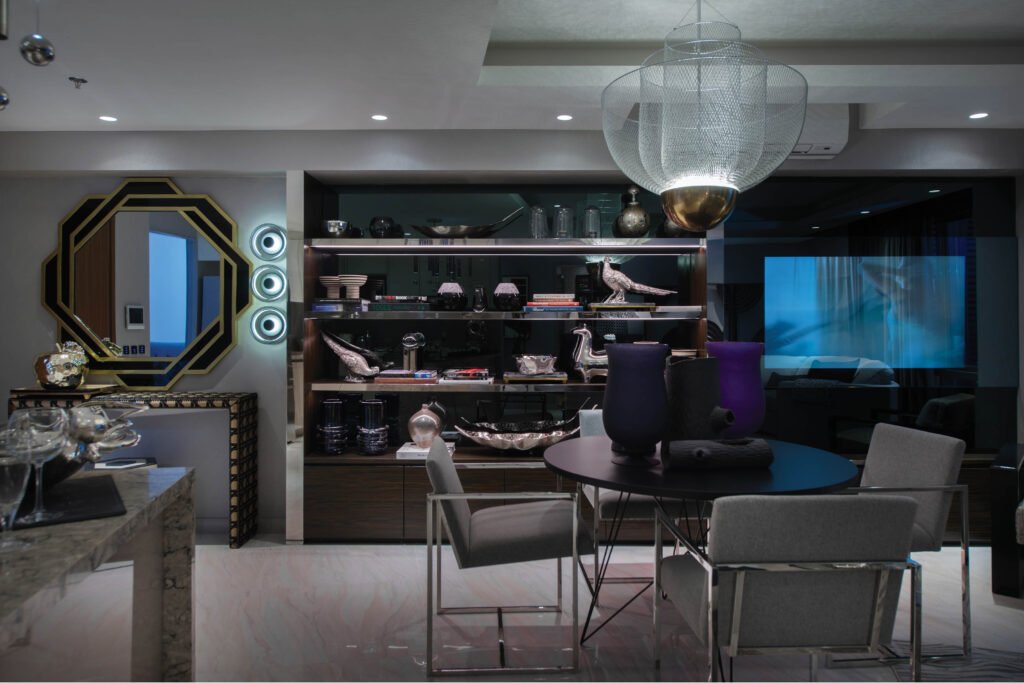


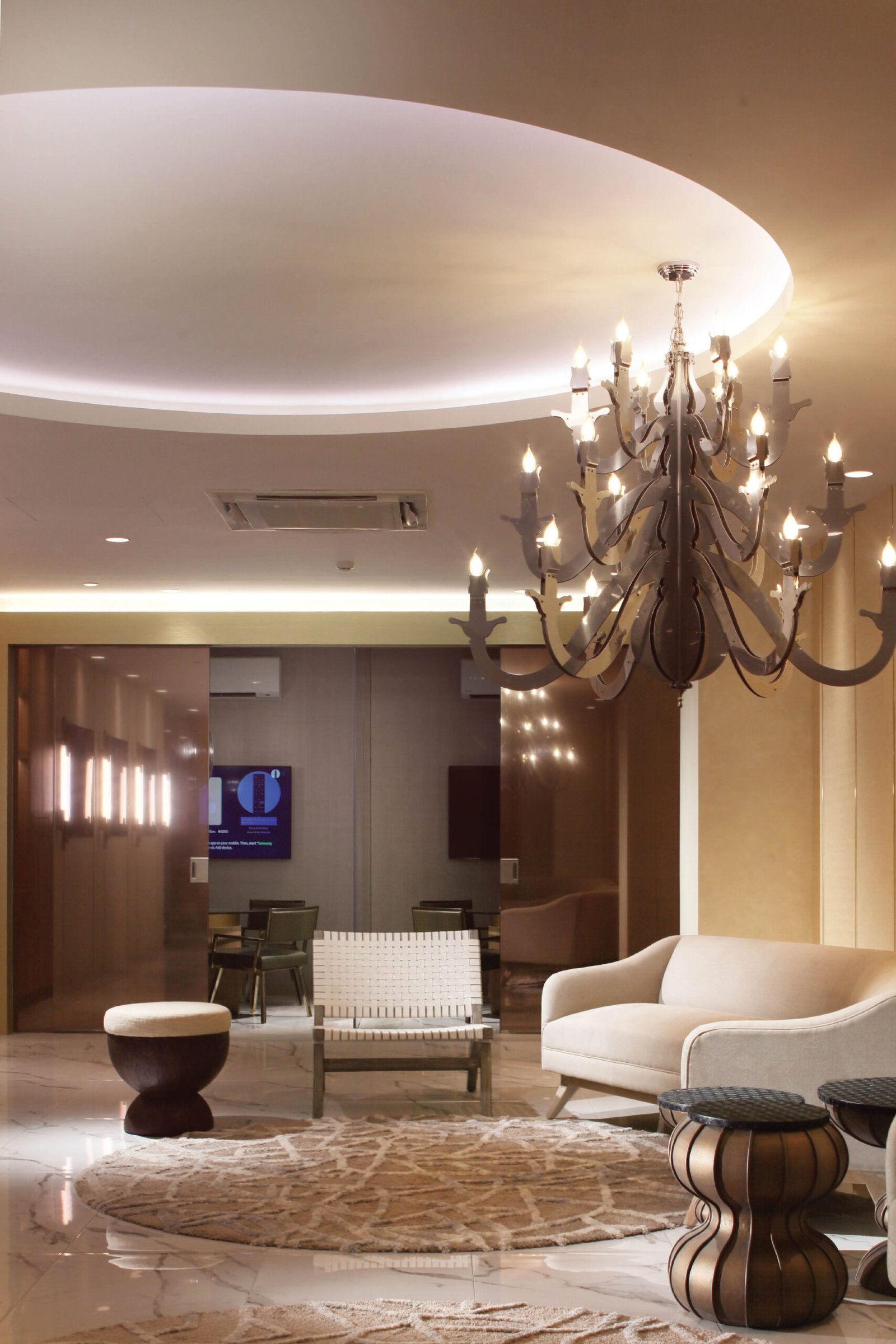
Galleon Residences showroom by Chat Fores Design Studio 
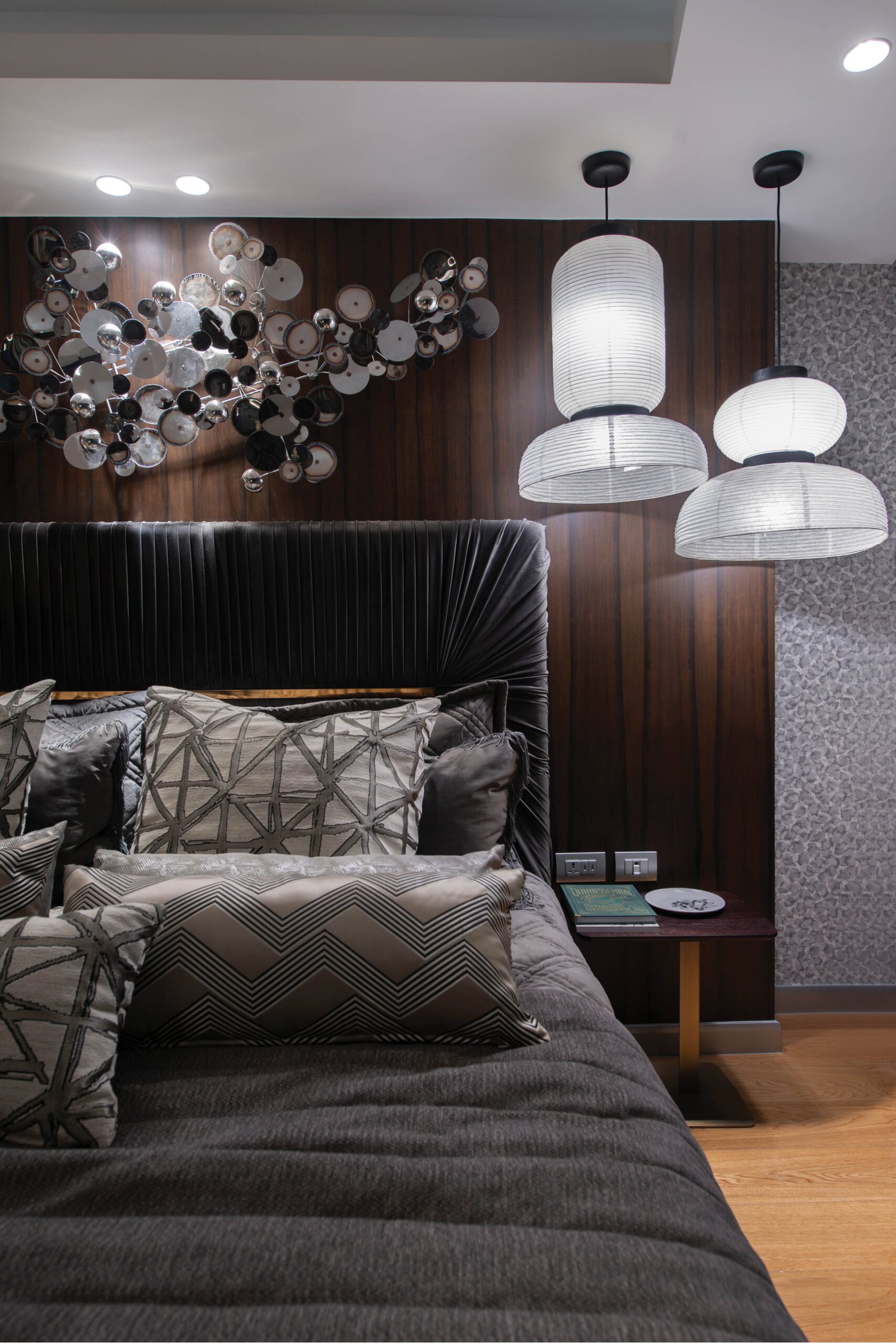
Galleon Residences showroom by Chat Fores Design Studio
ASDA 2022: A Briefer
Judging Criteria
As expounded by media jurist, Judith Torres
Purposeful Design 40%
“Purposeful design doesn’t just refer to the functionality or use of a space. Otherwise, all we’d need for a bathroom is a toilet and lavatory, right? For me, purposeful means considering every element that shapes a space and affects the person in it—form, proportion, scale, balance, light, texture, and movement—and purposefully planning each to contribute to achieving one’s purpose.”
Inviting Style 30%
“It’s got to be clean, of course, so make it easy to clean. It’s got to be comfortable and safe, so privacy and ergonomics are concerns. Not accounting for culture and taste, it’s got to appeal to human beings, so it has to look good, smell good, feel good, and provide for our bathroom needs. Who doesn’t like a bathroom that’s super-clean, well-lit, has a large mirror, and is stocked with toilet paper, dry soap, clean towels, hand-sanitizer, and all the other accouterments in handy?”
Originality 20%
“This is a tough one. Designers are inspired by what they see, and that’s often other designers’ work. So what I’d like to see is evidence of independent and creative thinking, creative solutions.”
Feasibility 10%
“People with set ideas about what a bathroom is for will probably go for a utilitarian design because there are other, “more important” spaces to prioritize. But people’s sense of the apropos has changed over the decades. So bathrooms don’t have to be encased in four walls. They could be part of the bedroom or an exercise or wellness space; they can open to a private garden. A broader view of the bathroom’s purpose could address feasibility (in terms of a better budget), originality, and “invitingness.””


What else you need to know
The ASDA has two categories, in light of the aforementioned emerging lifestyle trends. The first category is the Residential Bathroom Space Design, of which target users are young families with children aged four to eight. The design, focusing on the rise of urbanization that has led to smaller living spaces, should be for a residential bathroom in a condominium, five to six square meters in size.
The second category is the Hospitality Bathroom Space Design, of which target users are hotel guests on business or leisure trips. The design, with careful consideration of its users’ health and well-being, should be intended for bathrooms within hotel guest rooms, nine to square meters in size.
Who can join
The ASDA 2022 is open to enrolled architecture or interior design students who are in their 2nd year or higher. The competition is open to students from Australia, Cambodia, India, New Zealand, Philippines, Singapore, Thailand, and Vietnam.


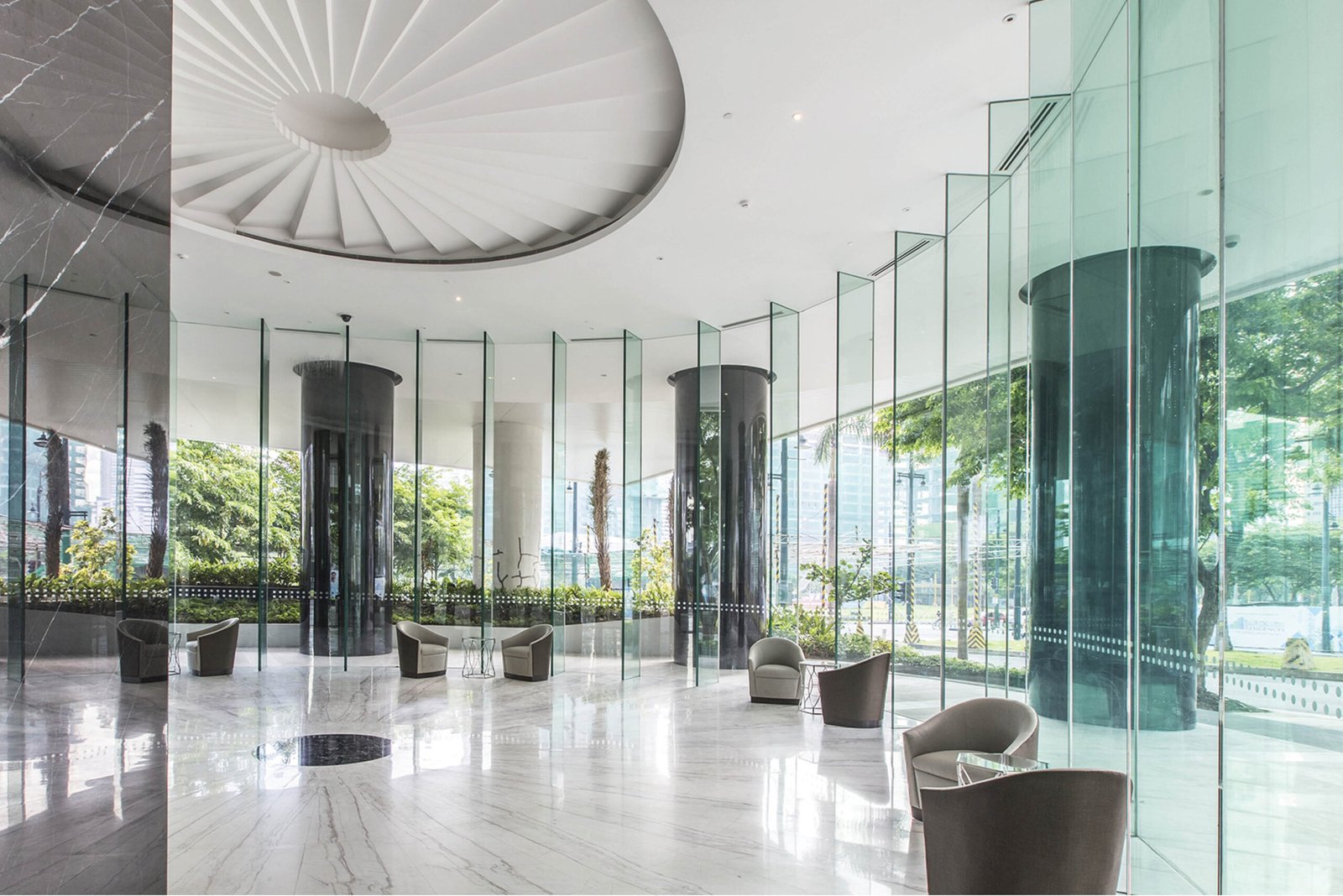

Judging process
The entries will be judged at two levels—the national level and the APAC level. First prize winners from the national level will move onto the APAC competition round and compete for the grand prize.
Dates to remember
The competition officially launched its call for entries in the Philippines last October 11, 2021, and will end in March 2022, following the announcement of the winners. The deadline for entries is on January 10, 2022. National judging runs from January 11 to 31, and presentation dates are on January 25 and 27. National winners will be announced on February 4, 2022.
For the APAC round, the judging period runs from February 7 to 21; and presentation dates are on February 22 and 24. The announcement of winners for the APAC round will be on March 10, 2022. An exhibition will be held from March 17 to 31.
For more information, visit the ASDA website or click the banner below.


Patti Sunio used to write fashion trend forecasts and must-have shopping lists before immersing herself into the world of Philippine design—the people, their stories, and the products that make it. She is currently managing editor of TouchPoint, the online magazine of FAME+. During the pandemic, she started learning to play tennis and completed her first virtual run-for-a-cause, which converted her kms to liters of drinking water for an Aeta community.
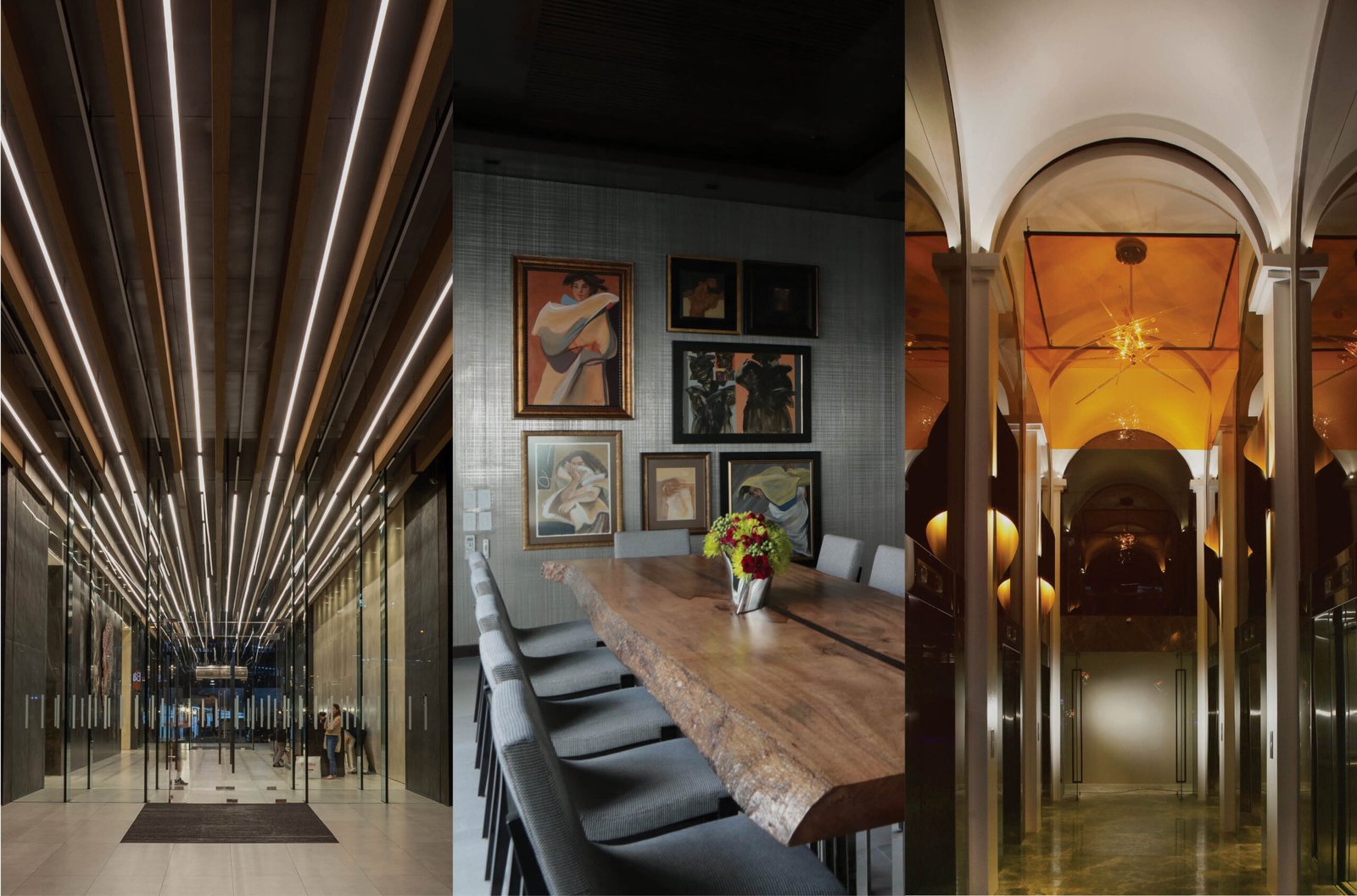


2 Responses